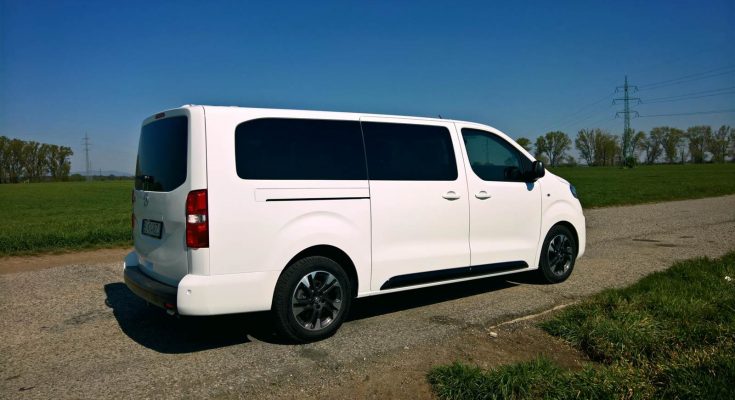Since its inception, the Zafira has been a larger personal MPV, and it is still an established name in the Opel brand. When it was introduced in 1999, it was among the first to offer seven seats among compact MPVs, and until today, approx. 2.7 million. After almost twenty years, however, it is changing its discipline, and from a classic large-space MPV it is now a passenger van. Zafira Life can thus be perhaps the shortest nine-seater vehicle on the market.
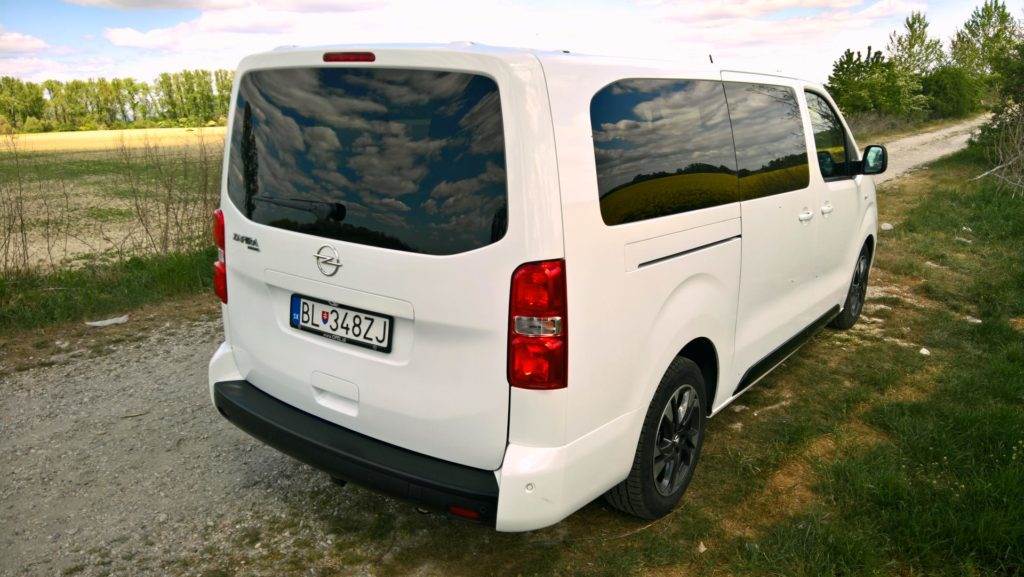
In addition to practicality, the previous Zafira also had excellent driving characteristics. Variability has now been added to this and one more great benefit – the position behind the wheel, which is more comfortable and safer than the competition thanks to the van seat.
The new Zafira Life, as the full name of this new product sounds, gives everyone the feeling of driving a small van with the luxury of a passenger car. Here, behind the wheel, you still don't have the feeling that you are sticking out of the lane like, for example, with the VW Multivan. The new Zafira is a crystalline product of today's time. She connected car companies with each other and drove them into often unexpected partnerships. The Zafira thus belongs to the Peugeot Traveller, Citroen Spacetourer and Toyota Proace quadruplets. This is the second year that Opel belongs to the PSA group, which unites Peugeot and Citroën. Toyota joined because such a large car fits its offer and has been cooperating with the French for a long time.

A negativist would say that Opel presents as a novelty a car that Peugeot and Citroën have been offering for three years. But let's take it from the opposite side – never in history has Zafira been so big and up to nine seats. In recent years, customer demands have completely changed, and since 2014 the MPV market has fallen by more than half. This is probably the only option to build and offer a car that will transport families with several children, bicycles, a dog or larger loads at reasonable costs.

Zafira now has an even more diverse range of lengths and you can have it in three variants. The shortest has 4.6m and a 2.93m wheelbase), that is 10cm less than its predecessor, and the longest version is 5.3m (this is the currently tested model). It is always possible to have a Zafira with five, six, seven, eight or nine seats (three seats in three rows) – even in the shortest version. This is achieved by the fact that the middle version with a length of 4.95 m has a wheelbase extended by 35 cm to 3.28 m compared to the shortest, and the longest version has a 35 cm longer rear overhang.
Are you asking about a variant with a higher roof? It won't be… Zafira Life is always 1.9m high, thanks to which you can easily fit into all personal garages. However, according to unofficial sources, the reason is that the Sevelnord factory (as of 2019, production has been moved to the factory in Luton), where all four of these vans were produced, was said to be unable to produce a taller vehicle due to height restrictions on the production line. Here, too, there is a compromise to acceptable production costs.
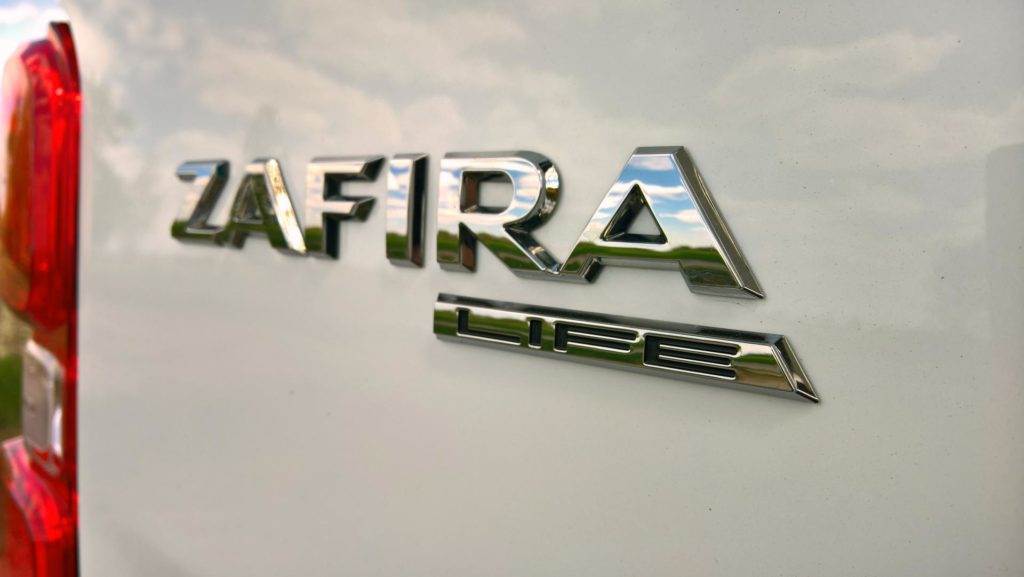
Since the new Zafira is a small van, it also got sliding doors for getting into the back seats, and probably everyone will appreciate them – getting in, loading children and luggage is much easier, they take up less space when opened and don't hit the cars around. Only electrically retractable windows were missing, but they were compensated by retractable blinds and excellent cooling with the help of vents from the ceiling. The crew will appreciate the many storage boxes, while there are two boxes in front of the passenger. The seats are adjustable and sliding, and the seats in the back two rows can be positioned and even turned in the middle one. You can also move the second and third row seats forward or backward for more legroom. All seats in the second and third rows of the model can be equipped with ISOFIX attachment points, thanks to which you can easily and safely fasten up to six child seats in the vehicle. When you want (and are willing to pay extra), the front seats will not only be heated, but also massage your back.

Among the assistance systems, there is, for example, the lane departure warning system, which can recognize when the vehicle begins to deviate from its lane and warns the driver of this with an audible and visual signal. It is one of the driver support systems that will make your daily driving easier. The automatic cruise control, in turn, reduces or restores the speed of the vehicle so that it maintains a safe distance from the vehicle in front in traffic. The forward collision warning system monitors the road ahead and warns the driver of an imminent collision with another vehicle or pedestrian, and if necessary, the automatic emergency braking system intervenes, automatically activating the brakes to prevent a collision. The blind spot monitoring system uses sensors and a visual projection in the exterior rearview mirror to alert the driver to vehicles in the blind spot to prevent an overtaking accident.
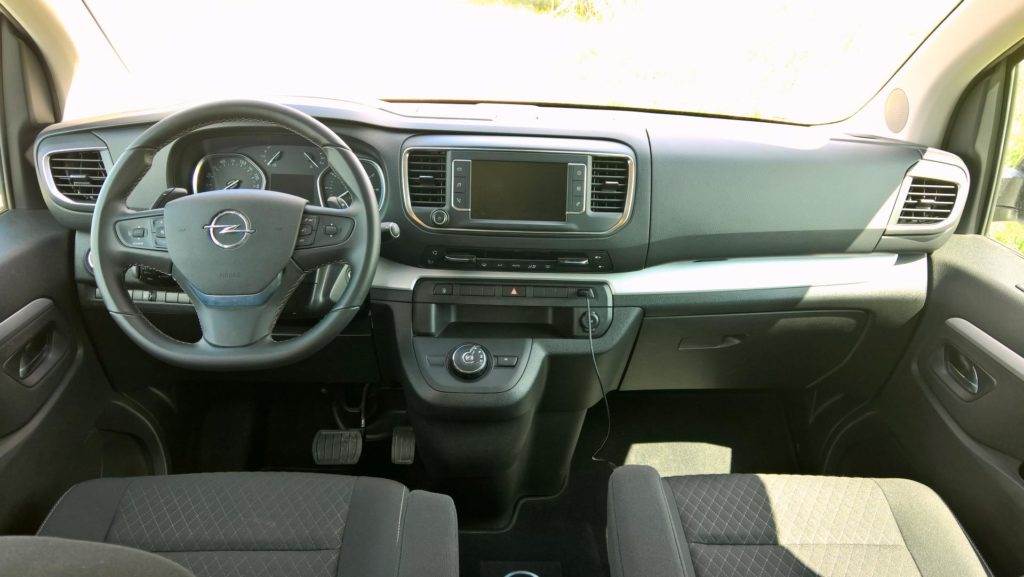
Using a 7" touch screen and the Multimedia Navi system in the Zafira Life model, you will find the fastest route to your destination. The Android Auto and Apple CarPlay systems provide you with easy access to all music and content on your smartphone. Infotaiment is great PSA, so I have no major reservations here (apart from fluency). There is also a HeadUp display, which is truly unique in this segment. It's just a shame that it's an older design with a flip-up transparent panel. Also, only xenon main beam headlights in combination with LED lights for daytime running are sufficient, but today the standard is FullLED even for such vehicles for better visibility on the road, regardless of light conditions.
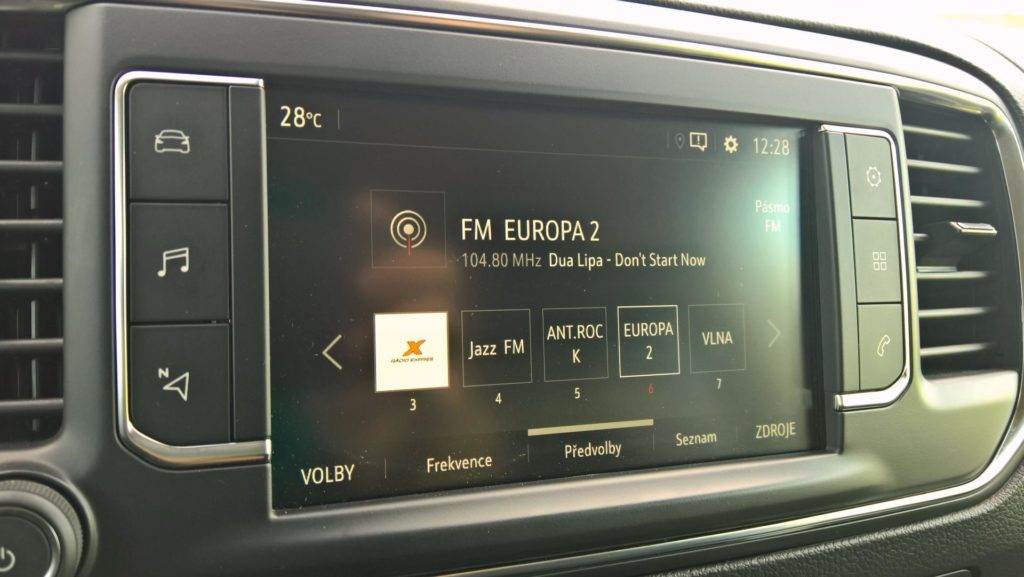
Under the hood, the Zafira received two turbodiesel four-cylinder engines with a volume of 1.5L and 2.0L. To make it not completely easy, both engines exist in a power version with 120k. The one with a smaller volume will still be available in the 102k version and the two-liter in 150 and 177k versions. Most versions start with a six-speed manual, the most powerful variant that we are testing is based on an eight-speed automatic. It's great, and the only thing you'll (subjectively) hate about it is the awkwardly placed rotary dial. I can still understand it at eye level like the Partner from Peugeot, but here even after a week I still had to look and make sure I had the gear set correctly.
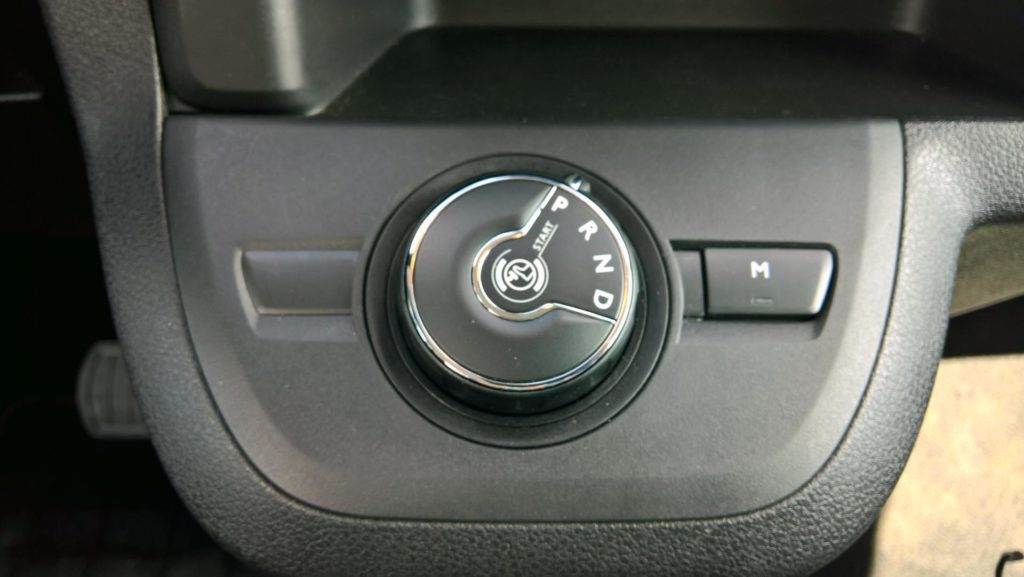
The engine is very well soundproofed and the 177-horsepower two-liter is just right for quick overtaking and comfortable highway travel in the longest Zafira. You can keep consumption somewhere around eight liters. However, the Zafira is not so confident in the corners, and compared to the previous version, the PSA architecture is much higher, which also results in greater tilts. You get into the new Zafira like a van, you sit like in a van, and the ride naturally has to adapt to that. However, the chassis is very well insulated and tuned for a comfortable ride on any surface. Here, the designers worked to the maximum.
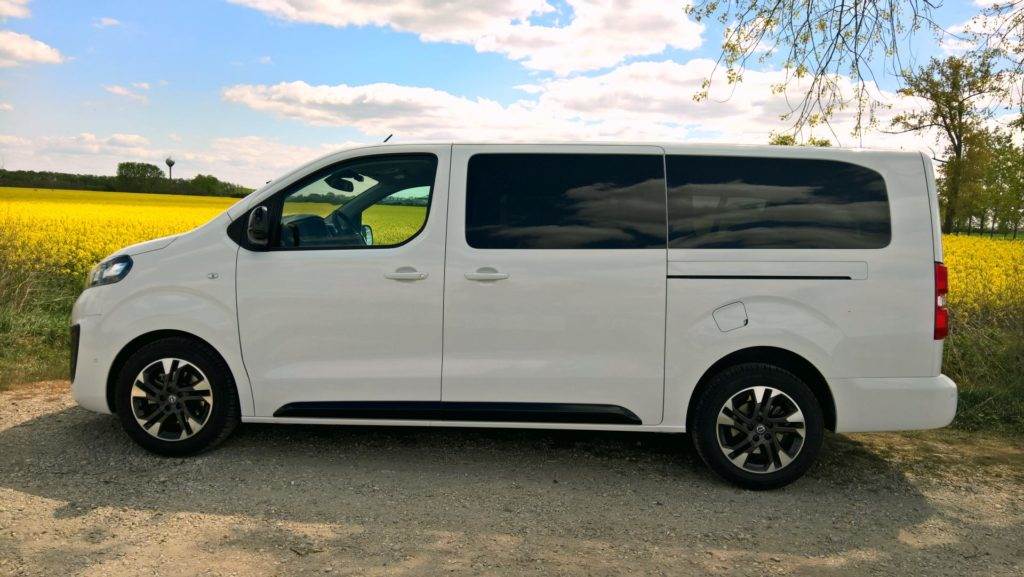
The prices of the new Zafira start at €23,000 for the five-seater version in the shortest version. The tested piece was equipped with Business Innovation for approx. €35,000. For an additional fee, in the future there will even be a 4×4 version built by a traditional Peugeot tuner – Dangel. For 2021, Opel promises a fully electric version. So, if you want a vehicle that can perform all functions in a large family and you occasionally transport larger loads, the new Zafira Life is born to fulfill all requirements on the road. It offers a combination of family-oriented flexibility with exceptional equipment and first-class appearance.
| Technical specifications | Opel Zafira Life 2.0 CDTi 8AT |
| Engine type: | Diesel |
| Cylinders / valves: | 4 / 16 |
| Displacement (ccm): | 2000 |
| Highest combined power (kW(k) / rpm) | 130 (177) / 3750 |
| The highest twist. torque benz.mot. (Nm / rev/min): | 400 / 2000 |
| Gearbox: | 8-st. automatic |
| Acceleration 0 – 100 km/h (s): | 10.4 |
| Combined consumption – WLTP (l/100 km): | 5.0-8.1 |
Paragraph
[rl_gallery id=”8758″]

